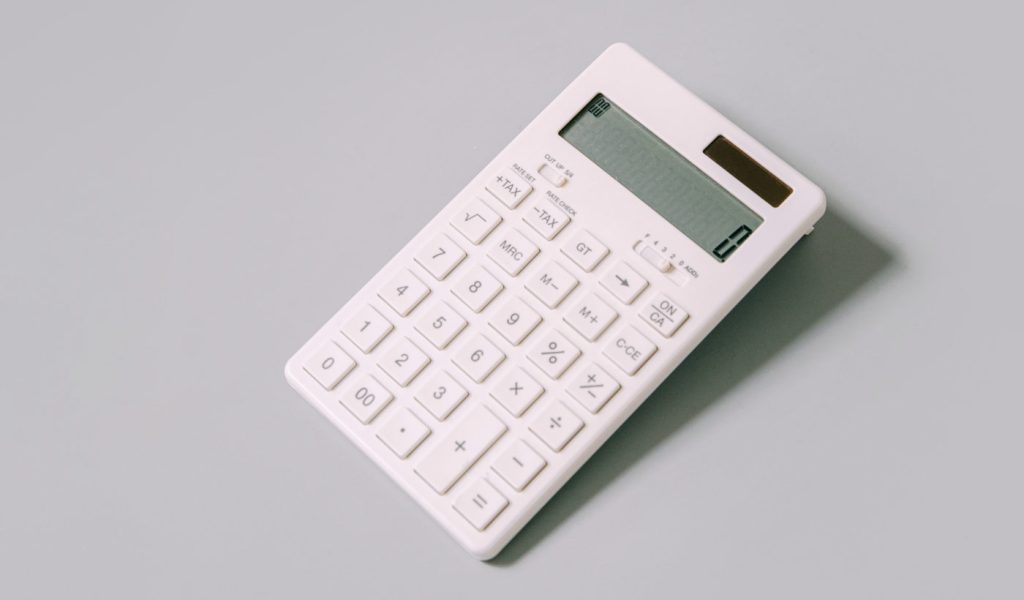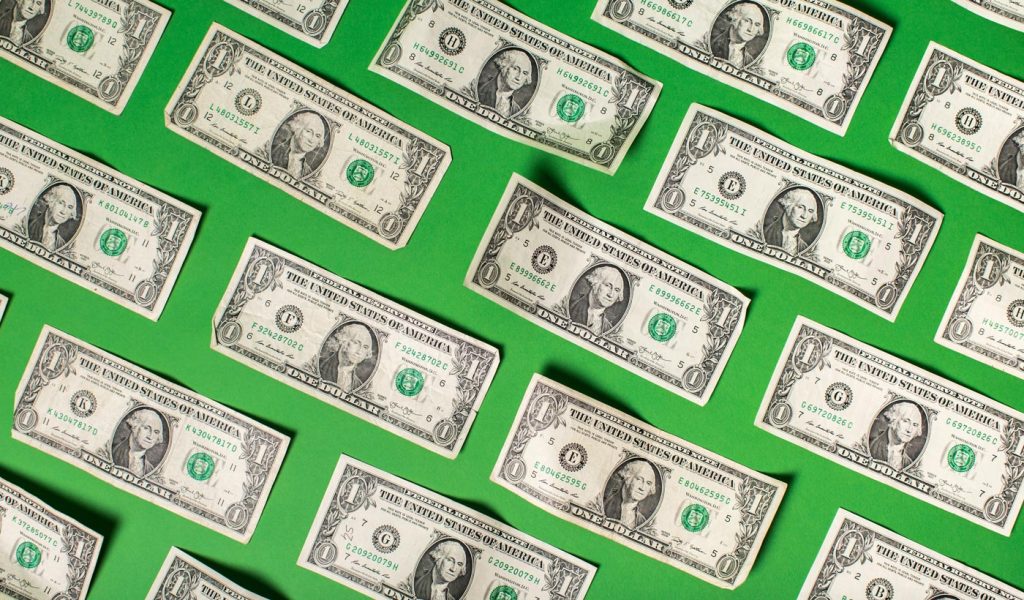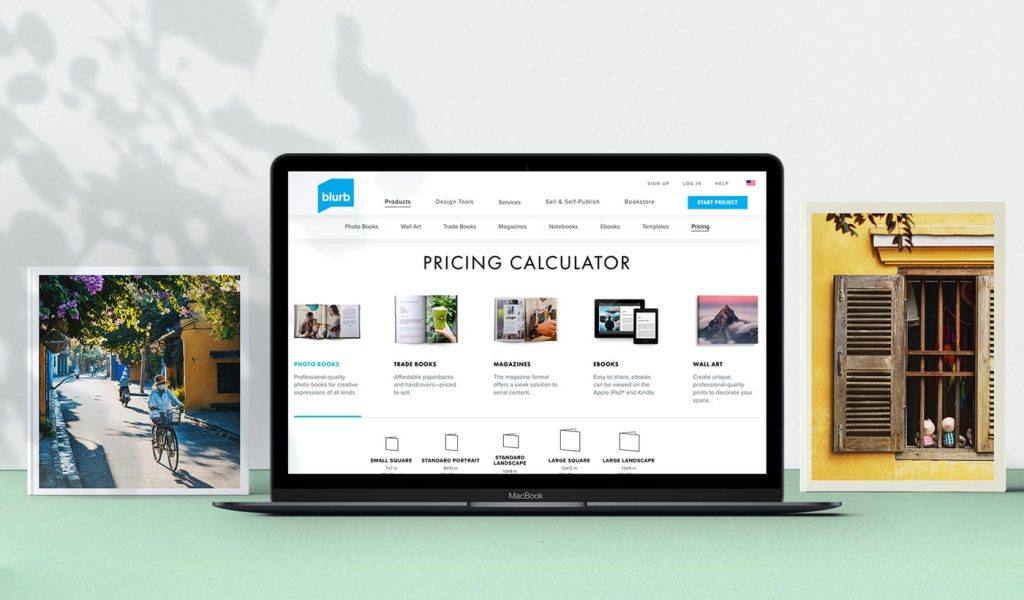Book pricing guide: how to price your self-published book
So, you’ve created a unique book and are ready to share it with the world. You just need to know how to do your book pricing so that it actually sells. You’re in the right place.
There’s no doubt that pricing your book can be a little daunting. How do you know if the price is too high for your genre and audience? What’s too low and will make your work seem unprofessional? And most importantly, how do you set a price that yields a profit for you but is still affordable for your readers?
This guide will take the guesswork out of the cost of self-publishing for creators looking to sell books online. Let’s get into Blurb’s official guide to book pricing for maximizing your sales.
Why does book pricing matter?
The price of your book is one of the first things a potential reader will see. It’s also a major factor in whether or not they’ll purchase it. You need to find the perfect balance of affordability for your audience while making a profit off each book sale.
Book pricing also matters because it directly reflects what you’ve invested in your bookmaking. If you’ve put in the time, money, and effort to create a high-quality book, then you likely want to charge a price that accurately reflects the work you’ve put in.

Book pricing terms to know before you begin
There are a few book pricing terms you need to know to make well-informed decisions.
Base price
The non-negotiable cost of producing copies of your book. It includes the cost of materials, shipping, and any other bookmaking fees. This is the starting point for book pricing because it’s the amount you need to make back to simply break even. When pricing your book, try and balance cost and quality. What choices can you make to get the lowest possible base price and maintain the integrity of your vision? This may mean choosing cheaper paper, cover, or format types to keep your work market-ready.
Distribution markup
This is the cost of distribution, which is how retailers make their money when distributing the book. The Blurb Bookstore doesn’t charge a distribution markup, but if you sell your books online via Amazon or sell a consignment in a local shop will need to factor the cost of business into the price. Doing so will incentivize retailers to buy bulk orders of your book to sell in their stores.
Retail price
The final book price that consumers see and pay. Once you’ve determined your base price and distribution markup, you can add to those numbers your profit and find your book’s retail price.
Your profit
Subtract your book’s base price and distribution markup from your retail price, and you have your profit—the amount you pocket on each book sale. The profit you make is ultimately up to you based on your bookmaking goals and the cost of publishing your book.
Salability
This book pricing term references how easy it is for a book to sell. If the price of your book is too expensive (or too cheap) for the book’s format and genre, then it won’t sell as well. No matter how low your base price and distribution markups are, you won’t make a profit.
To recap, when you self-publish your book, you need to take the base price, distribution markup, desired profit, and book’s salability into account when setting a price.

How to price your self-published book
The price of a book is not just determined by how significant a profit you want to make. You must also consider how much your competitors charge for their books, the book quality you’re willing to accept, your publishing goals, the format, the genre, holiday promotions, and more.
Don’t worry; we’ll guide you through each factor, section by section.
Competition
Since you’re looking to sell your book, researching and assessing your competition is paramount.
There are two reasons why analyzing your competition is essential. First, if your book costs significantly less than books by other authors in your genre, readers may skip over it, thinking that the price reflects its quality. Second, if it costs a lot more than what readers are used to paying for a book like yours, they may pass over it in favor of their cheaper favorites.
It can be fun to do your research! In fact, it involves a lot of shopping and reading. Visit local bookstores and peruse online catalogs to see what other authors in your genre are setting for their prices. What is the price range for books like yours? The cost of your book doesn’t necessarily have to match theirs, but it should come close if you want to target the same buyers.
Size, quality, and quantity
Your book’s size, quality, and quantity will determine your base price—remember, that’s the cost of producing your book. Keeping the base price down without compromising the quality and salability of your book is a tricky balancing act, so here are some things you should keep in mind during this part of the book pricing process.
For size and quality, consider how the materials and format of your book compare to other titles in your genre. For example, is the format you chose bigger and heavier, perhaps hardcover instead of softcover? Is your book longer? Did you select a higher paper quality? You’ll want to choose materials and a format that fits within your genre’s standard price range while also trying to make your book stand out.
If you’re still in the process of designing your book, you may want to opt for an economy trade book format over a premium layflat photo book, so you can keep your production costs down and increase your profit per book. If you print a long memoir or history book, you can even consider using a smaller font size or editing to trim the page numbers.
Lastly, you can cut costs by ordering a larger print run, decreasing your per-unit cost compared to printing on demand. Talk to our Large Order Services team to get a custom quote for your project if you print over 100 books. (Just keep in mind that you’ll need a distribution plan ready to go if you’re ordering hundreds of books upfront.)
Publishing goals
Decide what your goals are for publishing this book. Is the ultimate goal exposure and creative recognition, or turning a set profit? Will you consider the book a success if it is primarily a tool for booking speaking engagements, supporting a website or brand, or establishing yourself as an expert in your field? Are you trying to reach the broadest possible audience or create an unforgettable, limited-edition artistic experience?
The clearer you are about your intentions, the more easily you can decide on a price.
Format
The book’s physical format will also factor into your book price. Do you want a book format that is easy to ship and gift or one that can sit on a coffee table? The answer to this question will help you choose the right book size and type. As a reader, you likely have already seen that the retail price is significantly different between romance softcovers, collectible hardcovers, and business ebooks.
As discussed above, the choices you make about color printing, paper quality, trim size, and page count all factor into the cost of producing a physical book, as well as its selling price. A hardcover book will always cost substantially more than a softcover book of the same size and quality. That’s because a hardcover book is often four to five times more expensive to produce.
Let’s break it down.
Softcover
You are probably most familiar with the common paperback book. It’s easy to produce and has a low unit cost, making it perfect for writers starting out or wanting to keep their book’s price down. Softcover or paperback books are lightweight, compact, and easy to travel with, though they’re also more susceptible to wear and tear. The accessible materials and convenience of softcovers translate to lower prices.
Hardcover
Readers often see a hardcover as a more premium book. It has a higher unit cost, but you can sell it at a higher price point. If you gear your book toward book collectors or think it will have a long shelf life, a hardcover book might be the right choice. Hardcover books are durable, heavier, and tend to last longer, so they live up to their image as collectible, valuable objects. And they’re priced accordingly.
Ebook
An ebook is a digital book that can be read on devices like tablets, e-readers, and phones. They are easy and inexpensive to produce, so they generally have a lower price point than print books. Consider your ebook’s length when setting a price. For short stories (between 1,000-5,000 words), readers won’t expect to pay much above $0.99. Longer novellas tend to sell for between $2.99 and $5.99. And for a novel, between $2.99 and $7.99 is usually profitable.
Trade book
Here at Blurb, trade books are beautiful and economical, making it possible to get book-store quality at a marketable price. They come in three standard book sizes, four paper and printing styles, and three cover types.
Photo book
Blurb photo books also come in a variety of formats, from layflat to traditional hardcover to softcover. However, the quality of the paper is much higher—and the base price point reflects that fact.

Pro tip: Use Blurb’s pricing calculator to see how much it costs to print books in different formats. You may have to make tough decisions to balance your design vision with your budget and profit goals.
Will your book be appealing enough to readers that they’ll pay more for an elevated, sturdier hardcover design? The answer may be yes for a limited edition book of art, photography, or illustration, or even for a keepsake photo book or memoir book. On the other hand, the answer may be no for a commercial romance, mystery, or sci-fi novel that is volume one in a series of five.
Readers may also be willing to pay more for a hardcover version if the quality fits the price point and if there’s no softcover version available. But it’s a risk you will have to consider. Some authors split the difference and create a softcover and hardcover version to catch readers across the pricing spectrum. That’s always an option, too.
Genre
The genre of your book may also determine pricing due to market trends. Generally, romance, sci-fi, and fantasy books sell for less than literary fiction or nonfiction books. A reader of commercial fiction, for example, doesn’t generally want to pay more than $9.99 or $12.99 for a book, no matter the length or quality. But a reader of non-fiction, especially if the book promises to be an authoritative resource on a particular subject, may be willing to spend $19.99 or more.
Pro tip: Authors who publish more books tend to sell more. That’s because readers who stumble on a writer they like tend to go back and read older works—or stay tuned for new books. So when choosing your genre, try and stick to it and continue creating!
Series and book launches
Since prolific authors tend to make more on each book they write, they can also afford to price their books a bit higher. If you have several book series under your belt, or if this book is the beginning of a new series that you’re confident will take off, you may be able to get away with a slightly higher price point.
The same logic applies to book launches. A debut book is an unknown quantity, so creators usually price them lower to attract more readers. But if you’ve done a good job of marketing your book and drumming up interest before launch, you may be able to get away with a higher price point.
And don’t forget about bundling—when you sell two or more books together for a discounted price. For example, you might sell book one and book two in a series for $4.99 rather than selling book one for $2.99 and book two for $2.99 separately. Bundling is a great way to increase profits while also providing value to readers.
Promotions and the holiday season
Finally, you may consider book promotions and seasonal sales when setting your book’s price. A $2.99 book is more likely to get downloaded during a promotion than a $9.99 book, but you earn less per book at the lower price point. And while selling more books is always good, remember that you need to make enough profit to keep creating!
The holiday season is always a great time to boost book sales. During this busy shopping time, consider putting a discount on your book or, if you are publishing a series, offering a two-for-one deal to increase your sales even more. Just be sure to advertise that the discount will only last for a certain period to drum up interest.
Conclusion
Pricing your book is tricky, but it’s essential to get it right if you want to make money from your writing. By taking the time to understand your book’s genre, length, and quality, as well as your target audience, you can come up with a price that will attract readers and help you earn a profit. And don’t forget to consider book promotions and seasonal sales as a way to increase your book’s visibility and boost your bottom line.
***
Use this guide to price your book and get it out on the market today. For more facts and figures, check out our blog on the costs of self-publishing a book.


This post doesn't have any comment. Be the first one!